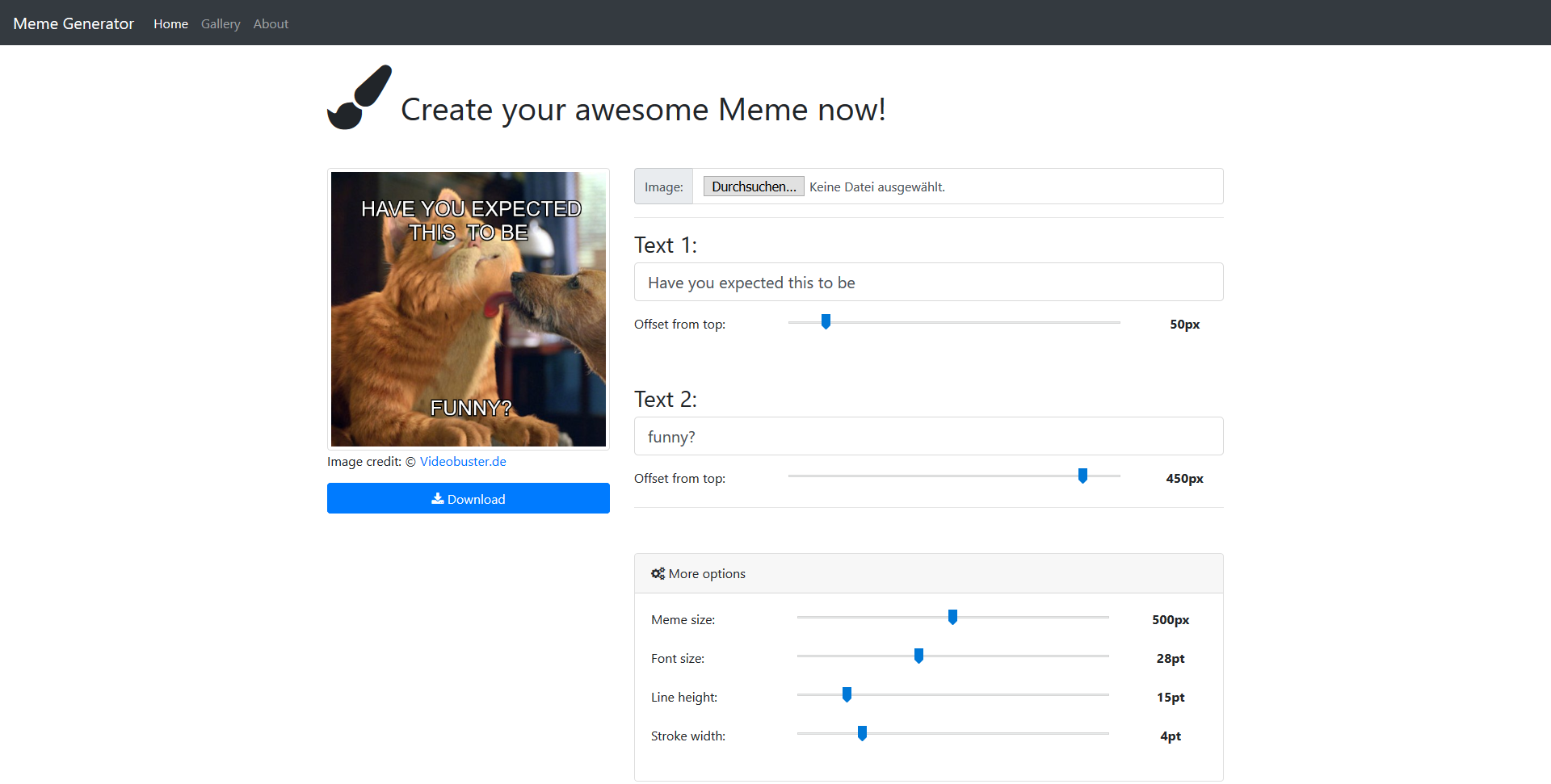Table of Contents
What do HTML, CSS, and JavaScript mean in today’s digital world? How have they combined to revolutionize the web development industry? What kind of role do they play in creating powerful, interactive websites and apps?
The use of HTML, CSS, and JavaScript to create user-friendly websites and applications has been a game-changer for companies looking to offer engaging user experience designs. Companies are taking advantage of the potential these programming languages have to offer, allowing for intuitive, interactive experiences that drive customer loyalty and sales. According to Gartner, “over 85 percent of customer interactions will be managed without a human by 2020,” and these three coding languages are essential to ensure businesses deliver the highest levels of customer satisfaction when it comes to web design.
Despite the widespread use of HTML, CSS, and JavaScript, there are still many issues and challenges when it comes to creating websites and apps. From browser compatibility issues to slow loading times, developers need to take the time to identify and address these issues to ensure visitors have a positive experience. Additionally, there are security threats to consider in a world where digital risk is an ever-growing concern.
In this article, you will learn about the scope of HTML, CSS and JavaScript, the ways the languages are being used to improve web development, and the potential risks and challenges that come with them. From browser compatibility to security, we’ll look at the issues and discuss strategies for preventing and mitigating them. Finally, we’ll examine the current landscape of web development and highlight new frontiers for developers looking to push the boundaries.

Definitions
HTML, CSS, and JavaScript are the cornerstones of modern web development. HTML stands for HyperText Markup Language, and is the primary language used to create documents published on the World Wide Web. CSS, or Cascading Style Sheets, is a language used to style the documents created in HTML, giving them an attractive and unique appearance. JavaScript is a scripting language used to create dynamic website content, and is largely responsible for the interactivity of many modern websites.
HTML is mostly used to provide structure and display content, and can also be used to add multimedia elements like images, audio, and video. CSS provides the design layer, allowing developers to control how elements are styled, including colors, fonts, sizes, and positioning. JavaScript is the language ofchoice for adding behaviors and logic to a page, like form validation and dropdown menus.
HTML consists of tags that work together to properly display content, and can be considered the ‘content’ layer of web development. CSS works with HTML to style it and bring it to life with colors and layouts, which can be thought of as the ‘presentation’ layer. JavaScript acts as the ‘behavior’ layer, giving life to the document and enabling interactive capabilities.
HTML, CSS, and JavaScript are all required for modern web development, and are used by the majority of websites that exist today. For a website to display correctly and be accessible to as many people as possible, all three must be properly formatted and used in conjunction with one another.
HTML
HTML (HyperText Markup Language) is a web language used for creating and formatting web pages and applications. It provides a structure and context for the content of a website. HTML uses a combination of markup tags, attributes, and text to create complex page layouts. It uses the Cascading Style Sheets (CSS) language to provide a visual styling to the page.
CSS is a styling language used to describe the presentation of an HTML document. It applies rules to the HTML to create a page layout. CSS can link elements of the page together, such as navigation menus, headers, footers, and sidebars. It also allows for the use of fonts, colors, backgrounds, and other graphical elements.
JavaScript is a client-side scripting language that can be used to provide dynamic user interfaces and interactive page elements. It can be used to add functionality to web applications such as image sliders, carousels, and interactive forms. JavaScript allows for an interactive experience with users, enabling them to perform tasks and interact with the page elements without reloading the page.
Advantages of HTML, CSS, and JavaScript
HTML, CSS, and JavaScript are powerful tools used in web development. They offer several advantages:
- Ease of learning: HTML, CSS, and JavaScript are relatively easy to learn and use. The syntax is very straightforward and there are a variety of resources available online.
- Website flexibility: Since HTML, CSS, and JavaScript are web languages, they offer a great amount of flexibility when creating a website. They are also versatile enough to create a variety of different types of websites.
- Cross-platform compatibility: HTML, CSS, and JavaScript are compatible with most web browsers and platforms. This means that websites created with these languages can be viewed on different devices without any issues.
- Responsive design: HTML, CSS, and JavaScript can be used to create websites with a responsive design. This helps increase usability on different devices, such as mobile phones and tablets.
Disadvantages of HTML, CSS, and JavaScript
Although HTML, CSS, and JavaScript offer many advantages, there are also some disadvantages to consider:
- Lack of security: HTML, CSS, and JavaScript can be vulnerable to security breaches from malicious hackers. To prevent this, developers should use secure coding practices.
- Browser compatibility: Although HTML, CSS, and JavaScript are compatible with most web browsers, some browsers may render webpages differently due to implementation differences.
- Debugging: Debugging can be difficult when working with HTML, CSS, and JavaScript. It can be time-consuming to identify and fix errors.
- Performance: HTML, CSS, and JavaScript can affect page performance, which can lead to slow page loading times. Optimizing the code can help improve performance.
CSS
HTML, CSS, and JavaScript are three integral components of Front-end Web development. Together they allow developers to create single-page applications and dynamic user interfaces. HTML provides the structure of a web page through markup elements such as titles, headers, and footers. CSS is used to describe a page’s appearance with customizations such as layout, colors, and fonts. JavaScript allows developers to create interactive content and provide dynamic functionality to create dynamic user experiences.
The Scope of HTML
HTML (HyperText Markup Language) is the backbone technology of the World Wide Web. It provides the structure of webpages with tags, which tell the browser what content is on the page and how it should be displayed. HTML defines the structure of a document, enabling text, images, video, and audio to be placed in their appropriate locations. It also allows developers to set attributes such as font size and background color.
The Scope of CSS
Cascading Style Sheets (CSS) is the language used to describe the presentation of webpages in a browser. CSS is used to define the look of HTML elements such as headings, paragraphs, and lists, as well as the page as a whole. It can be used to customize colors, fonts, layouts, and much more. CSS code is usually written in a separate file from the HTML, however it can also be embedded directly into HTML documents.
The Scope of JavaScript
JavaScript is a scripting language used to create dynamic webpages. It is used to add interactivity such as animations, form validation, and other dynamic elements. JavaScript is also used to access and manipulate data from external sources, such as web APIs. JavaScript is becoming an increasingly popular language due to its powerful functionality and ease of use.
In conclusion, HTML, CSS, and JavaScript are essential components of Front-end Web development, and together they provide the means of creating dynamic user interfaces and single-page applications. HTML provides the structure of webpages, CSS is used to customize the appearance, and JavaScript enables interactive content and dynamic functionality.
Conclusion
HTML, CSS, and JavaScript are all important elements of web development, but what exactly is the scope of these three technologies? To fully understand the breadth of each of these languages, it’s important to look at both their common characteristics and their individual uses.
When discussing the scope of HTML, CSS, and JavaScript, many interesting questions come to mind. Could these languages be used to develop a complex software program? How much control do developers have over the user interface when using these three tools? Are there any problems which could only be solved using these three technologies?
If you’re wondering about the answers to these and other questions, then be sure to follow our blog for new releases! Here, we provide insightful content on the depth and breadth of HTML, CSS, and JavaScript, and how these languages can be used to create dynamic user interfaces. In this blog, you’ll learn best practices, emerging trends, and how to get the most out of these three technologies.
To get you started, here are some frequently asked questions about HTML, CSS, and JavaScript. Can HTML, CSS, and JavaScript be used to create complex software programs? Yes, these languages are often used to create a wide range of software programs. JavaScript is especially useful for developing interactive web-based interfaces. What kind of control do developers have when using these three technologies? Developers have complete control over the design and interface of a website when using HTML, CSS, and JavaScript. These languages offer plenty of features to customize the user experience and tailor the website to the needs of the user. Are there any difficult problems that can only be solved with HTML, CSS, and JavaScript? Yes, experienced developers can use these technologies to solve complex problems which would otherwise be impossible to solve. Can HTML display data without using CSS? HTML is capable of displaying data, but it’s often enhanced when using CSS for styling and formatting purposes. What kind of advantages does JavaScript offer over HTML and CSS? JavaScript is useful for creating interactive interfaces, such as real-time widgets, pop-ups, and menus. JavaScript also provides developers with features such as AJAX, which makes it easier to build complex web applications.

